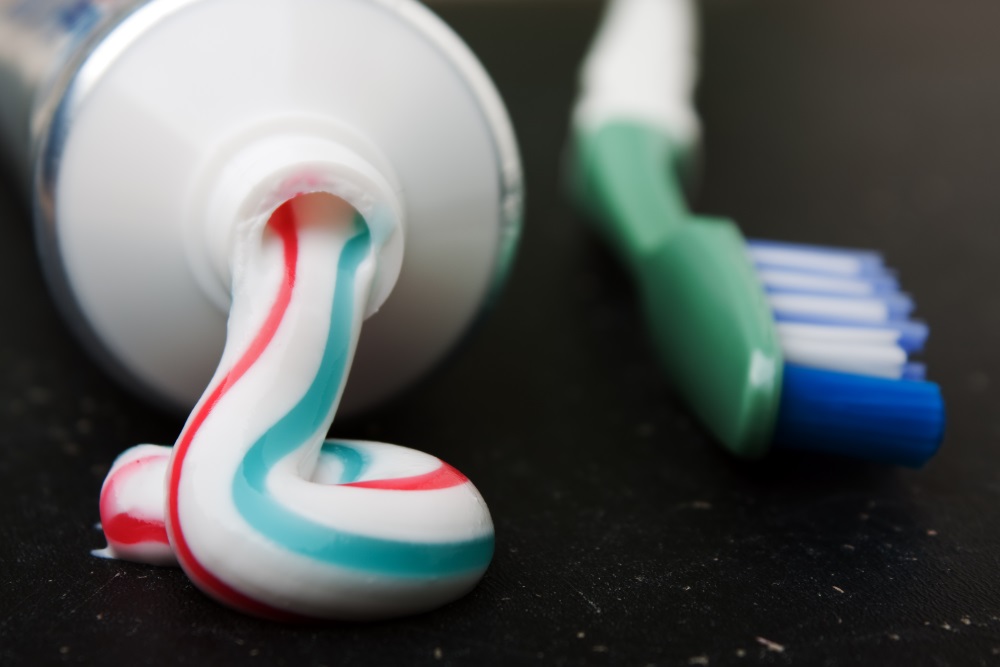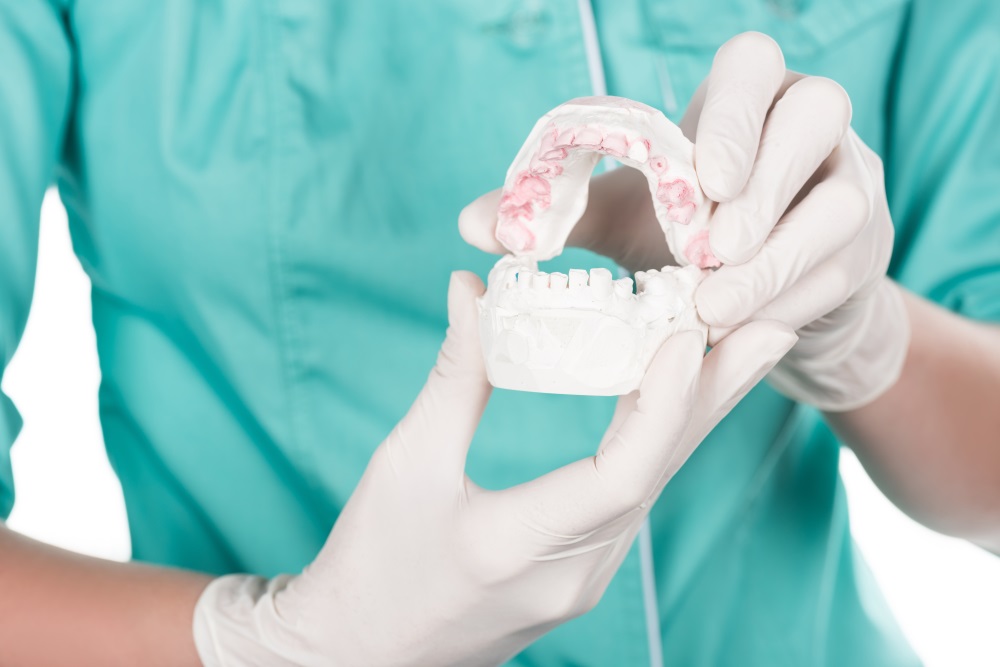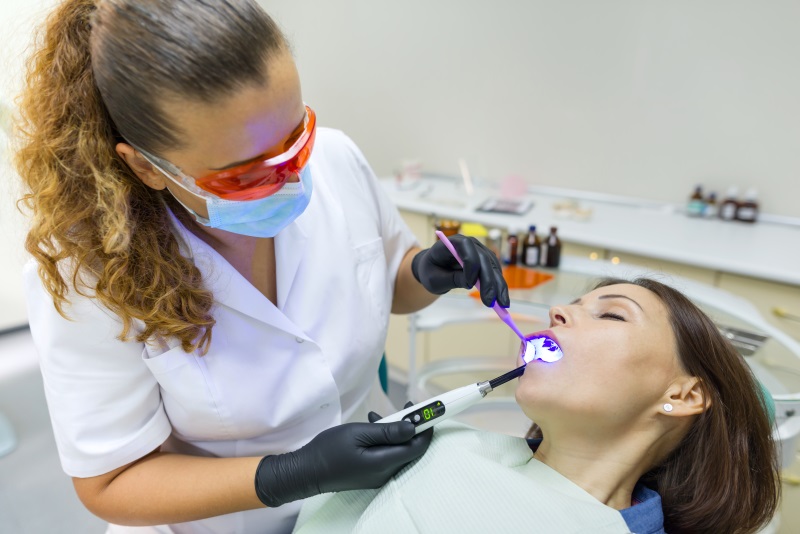If you’re anything like us, you love products that have multiple uses. Baking soda can be used in cakes and as a household cleaning agent; left over tea bags can remove lingering bad odors; and toothpaste can be repurposed for a variety of household uses from cleaning shoes to removing lipstick stains!
While we always prefer you use your toothpaste first and foremost for brushing your teeth, it is helpful to have it around in a pinch when you’re faced with unexpected water rings or even dirty piano keys. Below are some of our favorite alternative use of toothpaste.
Stain removal
While your little Renoir might have been making memories by coloring on the walls with crayons, you prefer their canvas to be a little more disposable. Instead of heading to the hardware store to buy more paint (which is both expensive and time consuming), try using toothpaste first. The original white paste can be applied to a rag and used to remove any stains—or artwork—from the wall. You will have to vigorously scrub the wall; however, with a little elbow grease, the abrasives in the toothpaste will rub away the crayon over time. Wash the wall with water after you are done.
Using toothpaste to get rid of stains on clothing is another alternative use of toothpaste. The efficacy of this hack really depends on the fabric. For finer fabrics like silk or cashmere, you are better off taking it to a dry cleaner. However, if you’re in a pinch at work or out on the town, putting toothpaste on the stain and rubbing the fabric together can lessen the impact.
Finally, for water rings left on wooden furniture when a guest forgets to use a coaster, a non-gel toothpaste can be gently rubbed on the wood. Once it dries, use a damp cloth to remove the toothpaste. Finish off with a fresh coating of furniture polish.
Hygiene
The same cleaning power that makes your teeth white and shiny is also can help disinfect your hands. If you have been working on your car or dealing with chemicals that leave a lingering and potent smell, wash your hands with toothpaste to rid yourself of the odor. This is one use where we suggest using a mint flavored paste!
And how much money have we all spent on pimple creams over the years? Instead of breaking the bank to clear up problem spots, dab non-gel, non-whitening toothpaste on the pimple. The chemicals will dry up the pimple and absorb the oils in the surrounding skin. This could result in mild irritation for those with very sensitive skin, so we would suggest going slowly and using a small amount at first.
Other creative uses
What do piano keys and leather boots have in common? Toothpaste can be used to buff out scuffs and stains on both! Squirt toothpaste onto a damp cloth and gently rub the scuff off. Use a damp cloth to remove any additional residue thereafter.
In addition to ridding your hands of foul smelling odors, toothpaste can rid baby bottles of that spoiled milk smell. When cleaning the bottle, put toothpaste on the end of the bottle brush, scrub with water, then rinse thoroughly. The toothpaste will breakdown the bad smell and leave the bottles smelling fresh.
Finally, toothpaste can be used to prevent goggles and scuba masks from fogging while you are swimming. Fogged goggles can be dangerous, especially if you’re deep scuba diving. Many times, goggles fog due to the protective coating used on the glass. By dabbing toothpaste on the lens and rubbing vigorously, you will remove some of the film and decrease the likelihood of fogging.
Toothpaste can be a valuable and cost-effective tool to removing onerous stains. Leave a comment if you find any other creative uses!
The post The Whacky Uses For Toothpaste You’ll Love… appeared first on Fort Worth Dentist | 7th Street District | H. Peter Ku, D.D.S. PA.





